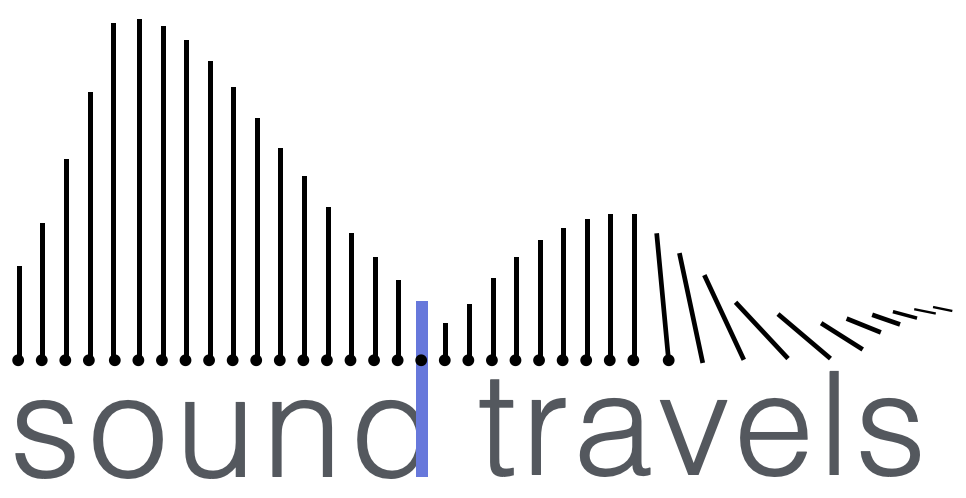Project Leaders
Advisors
Cesar Almeida, Solidarity Studios
Eric Leonardson, Midwest Society for Acoustic Ecology
Victor Minces, University of California, San Diego
Amaris Alanis Ribeiro, Hispanic Access Foundation
Hanbing Liang, University of Wisconsin-Madison
